Tag: Movement Building
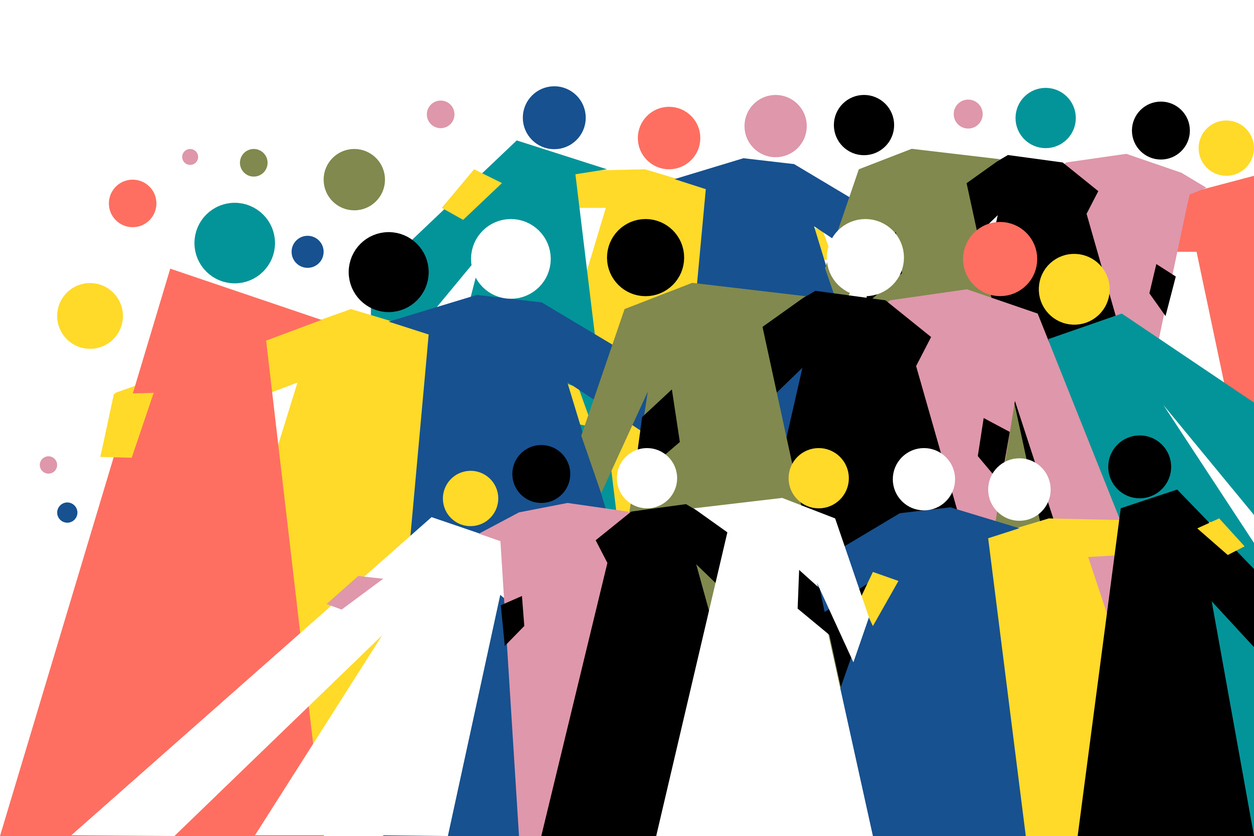
Resilience and Post-election Management
In the aftermath of elections, whether they bring victory, disappointment, or controversy, movements promoting democracy and human rights often face critical challenges in sustaining momentum and navigating political realities. This...
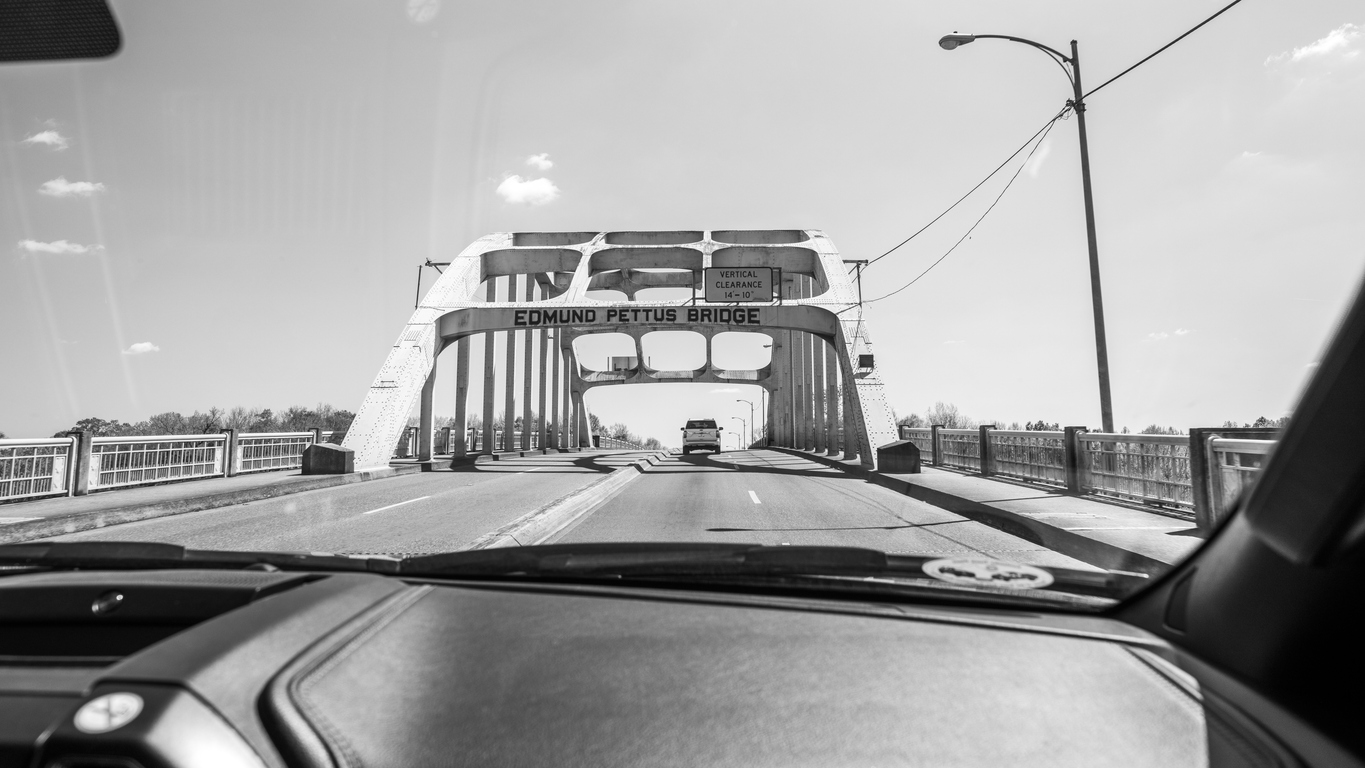
The Quakers Advance Democracy in the US Civil Rights Movement
Time Period: 1956-1968Location: Montgomery & Birmingham, AL; Prince Edward County, VA; Washington, DC; Cape May, NJ; New Delhi, IndiaMain Actors: American Friends Service Committee, Bayard Rustin.Tactics - Publishing Dissenting Literature...

Activating Faith: The Southern Christian Leadership Conference Fights for Freedom
Time Period: Civil Rights Era, 1955-1970sLocation: United StatesMain Actors: The Southern Christian Leadership Conference (SCLC); affiliate churches; Civil Rights organizersTactics - Protest–teach-ins to educate and encourage participation - Mass action–sharing...

Labor Unions Join the Fight for Civil Rights
Time Period: Civil Rights Era, 1955-1970sLocation: United StatesMain Actors: The Southern Christian Leadership Conference (SCLC); Labor unionsTactics - Mass action - Boycotts - Protests/Marches - Protective Presence/Witnessing Following the success...
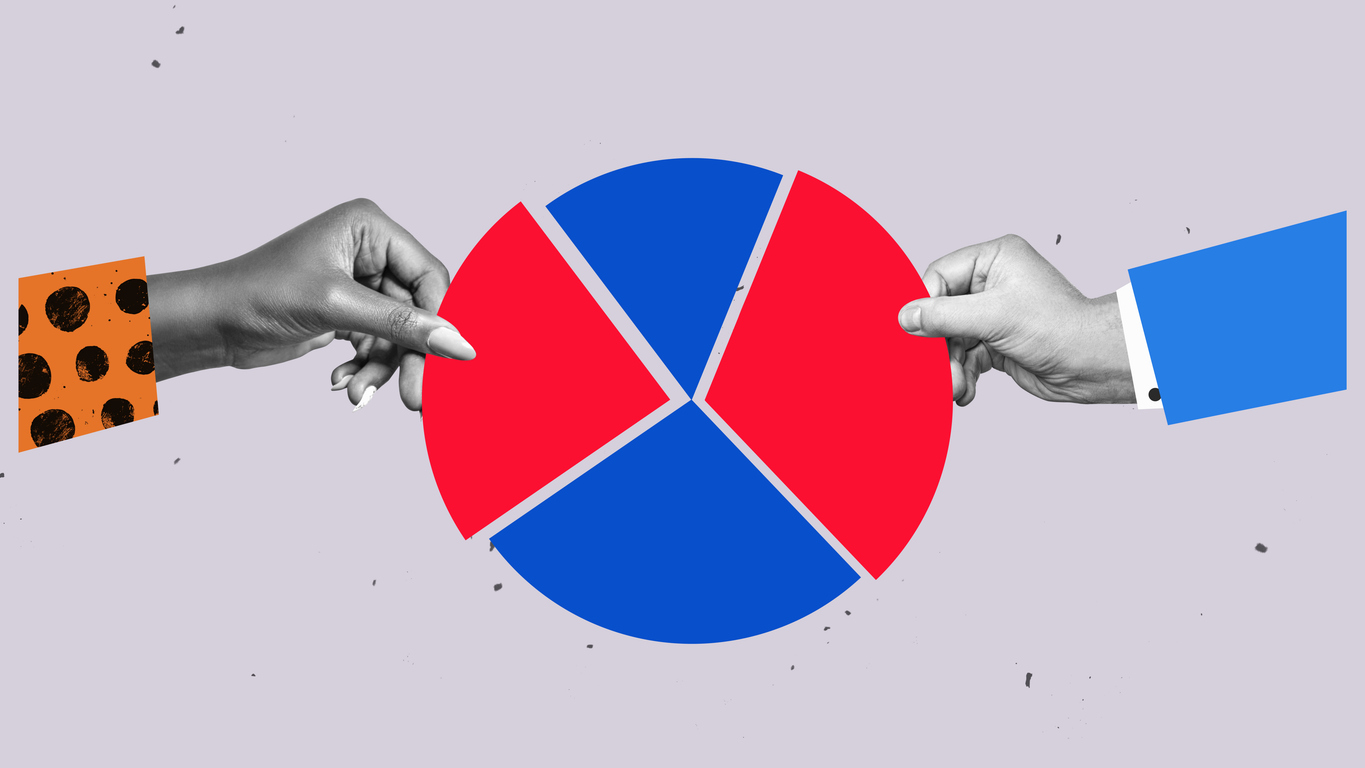
Venezuelan Businesses Fight a Rising Dictator
Time Period: November 2001 - April 2002Location: Venezuela, CaracasMain Actors: Venezuelan Federation of Chambers of Commerce and Production/Federación de Cámaras y Asociaciones de Comercio y Producción de Venezuela (Fedecámaras)Tactics -...
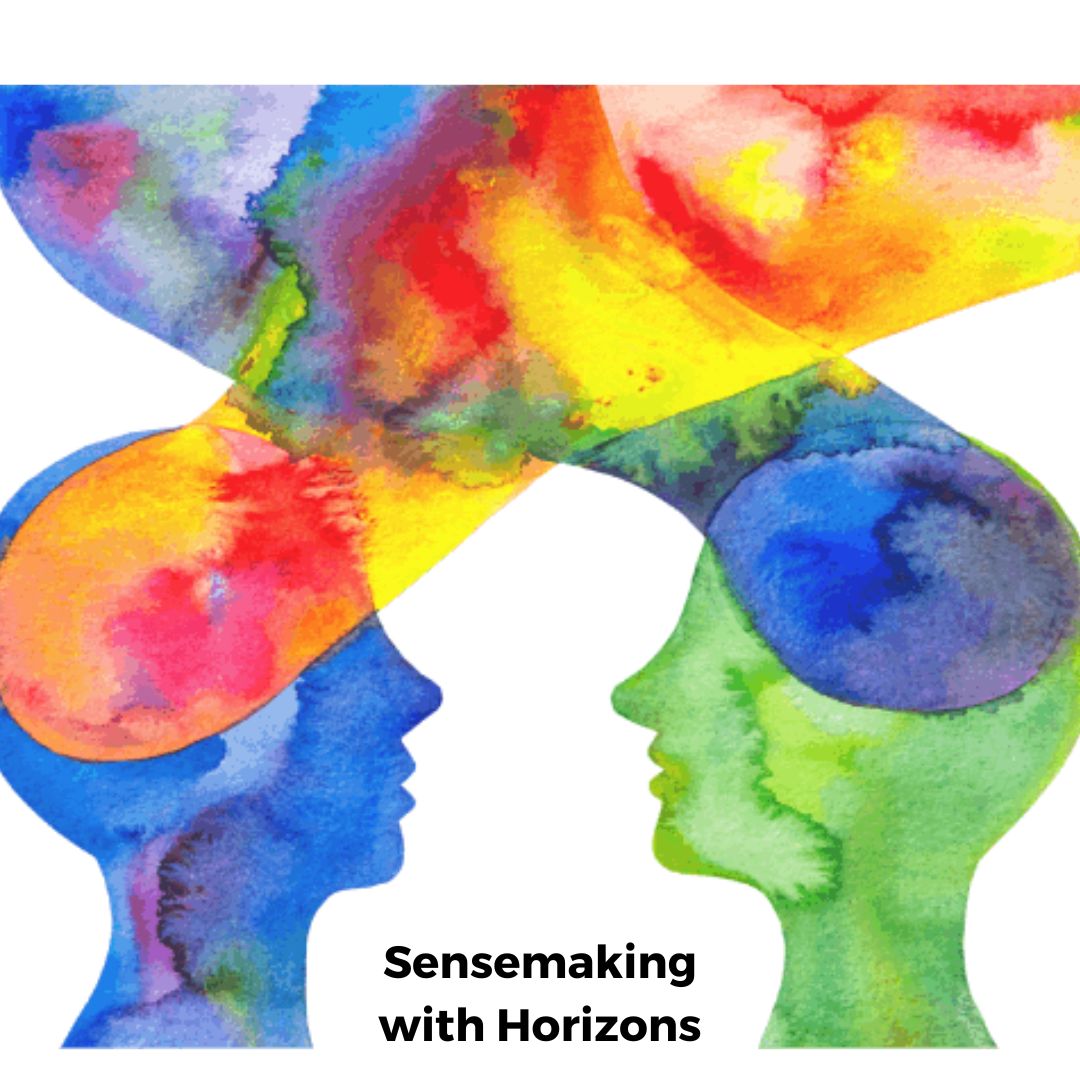
Sensemaking with Horizons: What’s the Ask?
Chief Network Weaver, Julia Roig and Jarvis Williams, Director for Race & Democracy reflect on some of the natural tensions facing the work of organizers at the national and state...

How you can more effectively advance multi-racial democracy
On March 3, 2024, Maria J. Stephan, co-lead of the Horizons Project, discussed her work to strengthen multi-racial democracy in the US and globally to the Forum at All Souls...

Defending Democracy by Expanding the Agenda
*By Research Assistant Sivahn Sapirstein and Director for Race and Democracy Jarvis Williams. As 2024 continues, all eyes are on the Presidential election. Many Americans are focused on the colossal...

Calling in Calling Out
Building powerful movements for a just and democratic society requires tearing down the walls separating people and welcoming new people into the movement. It takes recognizing that individuals, shaped by...
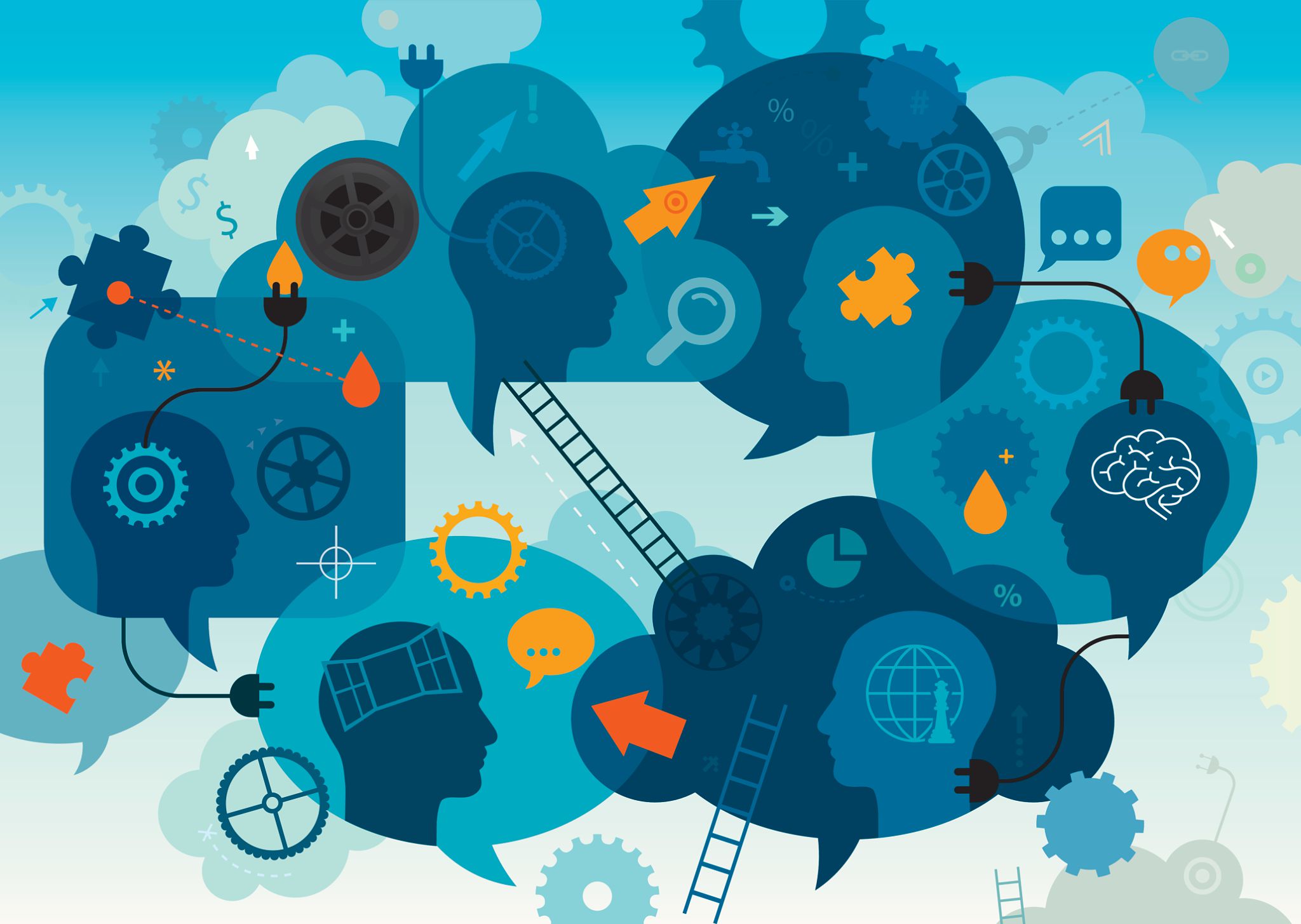
Narrative Competency
As we continue the collective work towards a just, inclusive and peaceful democracy, it is important to be able to understand and talk about the shared values and ideas that...
